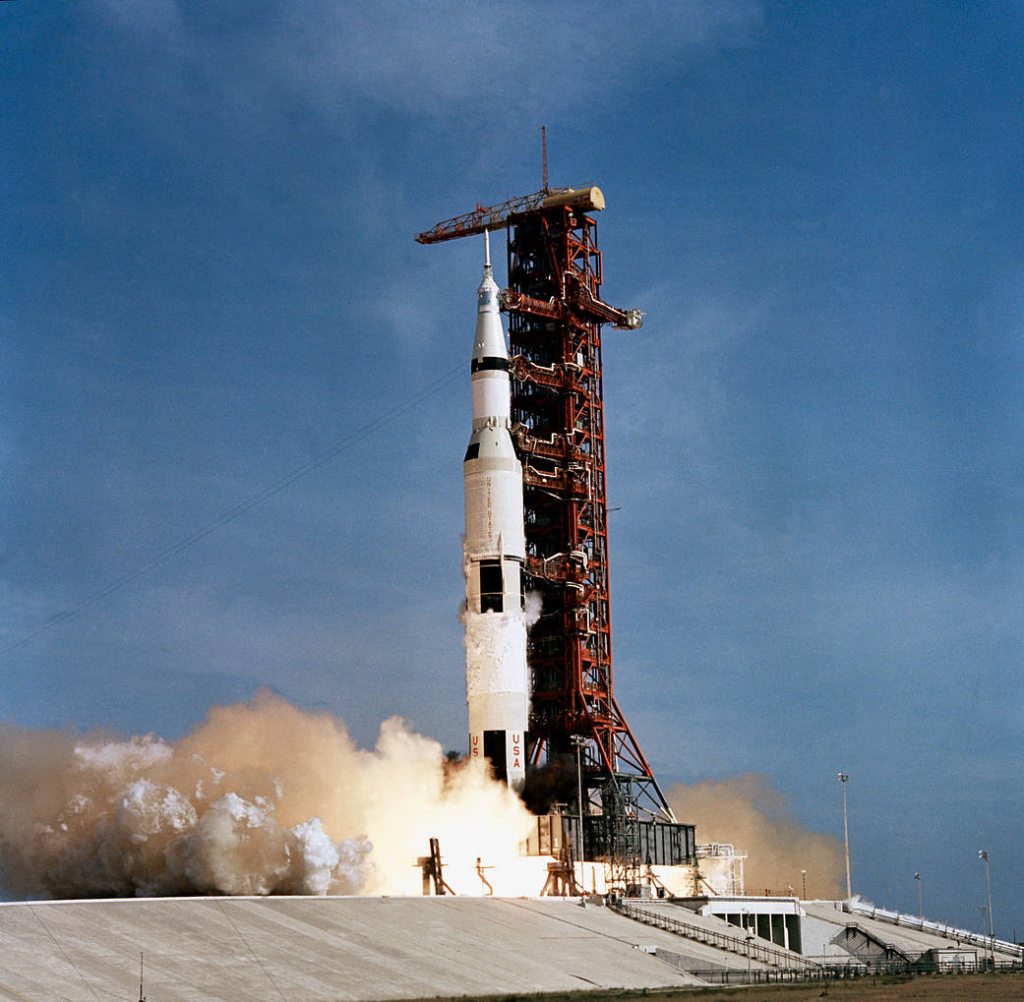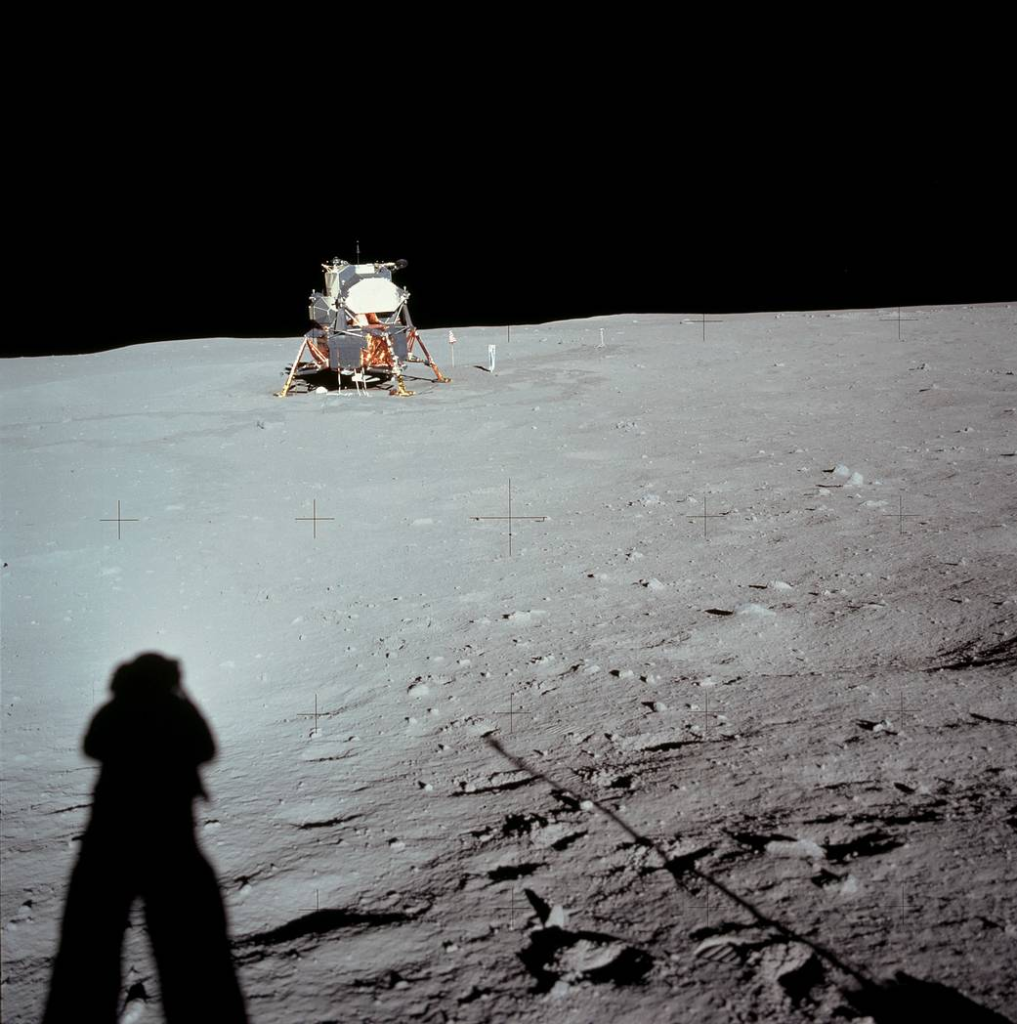Key Takeaways
- Apollo 11 was a historic mission aimed at achieving a crewed lunar landing, fulfilling President John F. Kennedy’s ambitious goal.
- The mission included deploying scientific experiments and capturing photographs of the lunar surface and equipment.
- Neil Armstrong’s iconic words, “One small step for a man, one giant leap for mankind,” marked the moment of his historic moonwalk.
- The mission showcased remarkable teamwork and technological prowess, with meticulous orbital maneuvers and a precise landing.
- The astronauts conducted moonwalks, collected samples, and deployed experiments, contributing to scientific understanding.
The Apollo 11 mission, a pinnacle of human endeavor, was meticulously designed to achieve a historic goal—fulfilling President John F. Kennedy’s audacious vision of a crewed lunar landing. Launched on July 16, 1969, the mission carried astronauts Neil Armstrong, Buzz Aldrin, and Michael Collins on an eight-day voyage that would forever change our perspective on space exploration.
Beyond its primary objective, Apollo 11 had an extensive scientific agenda. The lunar module (LM) crew, Armstrong and Aldrin, conducted experiments and captured images of the lunar landscape, spacecraft, and themselves. Their journey was punctuated by a breathtaking televised moment when Armstrong, upon stepping onto the moon’s surface, proclaimed, “One small step for a man, one giant leap for mankind.”
The mission involved complex orbital maneuvers. The command and service module (CSM) separated from the lunar module, and after various course corrections, the lunar module successfully descended to the moon’s surface. The landing, guided by Armstrong’s manual control, occurred with remarkable precision.
Moonwalks conducted by Armstrong and Aldrin yielded invaluable lunar samples and data. The first-ever Extra-Vehicular Activity (EVA) on the moon’s surface marked a profound achievement in human exploration. The ascent from the lunar surface to rejoin Collins in the CSM was equally crucial and demanding.
The triumphant return of Apollo 11 showcased the astronauts’ resilience and the precision of NASA’s planning. Despite a change in landing plans due to weather conditions, the spacecraft splashed down in the Pacific Ocean on July 24, 1969, marking the conclusion of this historic mission. Apollo 11 remains a testament to human ingenuity, determination, and the unquenchable thirst for exploration beyond our earthly boundaries.
#1

Apollo 11 Crew Trains for Excursion on the Sea of Tranquility
#2

Apollo 11 Launches – July 16, 1969
#3

Apollo 11 Crew Walks on the Moon
#4

Earth Rising over the Moon’s Horizon
#5

Lunar Module at Tranquility Base
#6

Buzz Aldrin Deploys Apollo 11 Experiments
#7

The Eagle Prepares to Land
#8

Aldrin Looks Back at Tranquility Base
#9

Buzz Aldrin on the Moon
#10

Bootprint on the Lunar Surface
#11

Neil Armstrong on the Lunar Surface
#12

Crater 308 on the Moon


